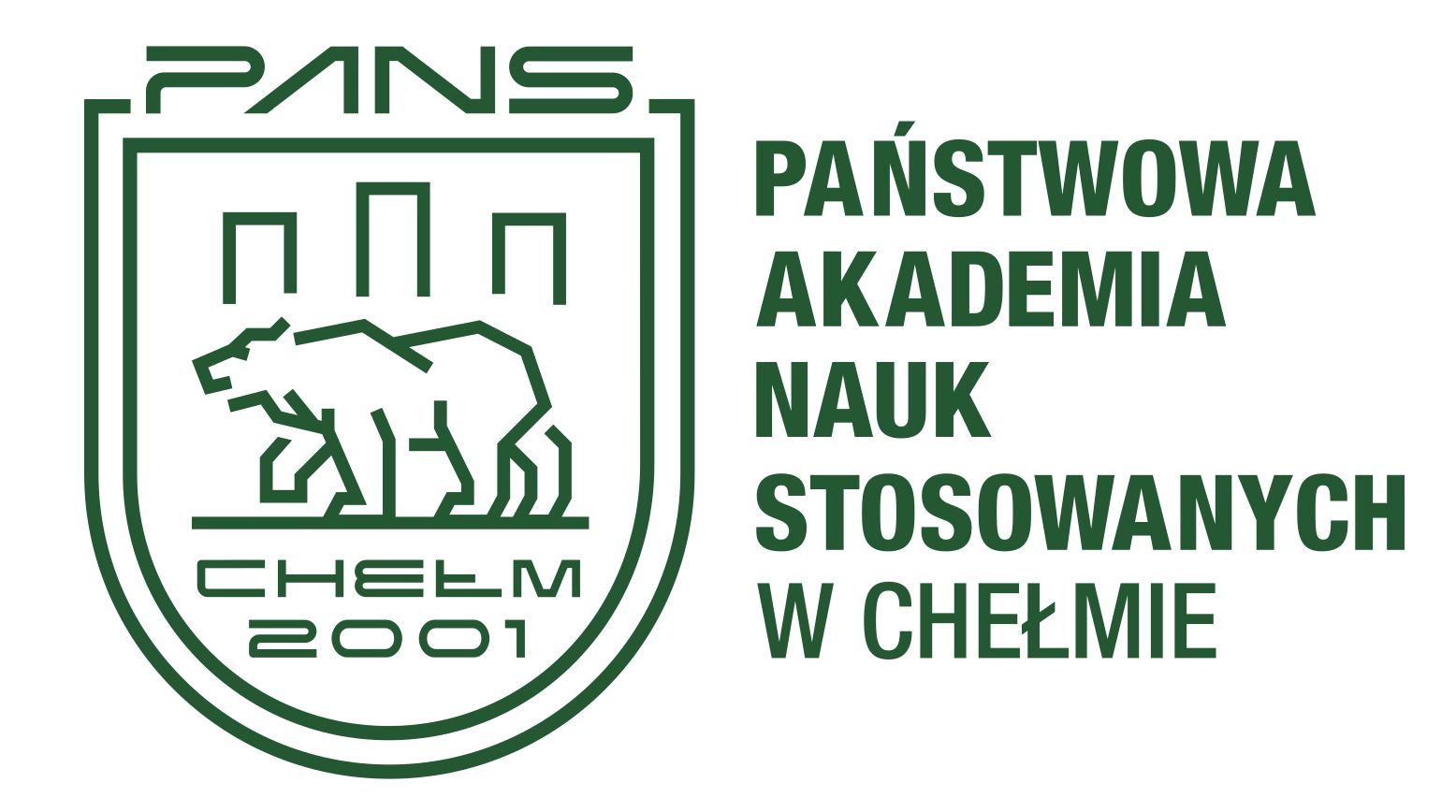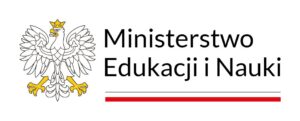Application of Content Analysis in Research of Political Discourse
DOI:
https://doi.org/10.54515/lcp.2024.1.67-77Keywords:
political discourse, content analysis, qualitative content analysis, quantitative content analysisAbstract
Content analysis is one of the most frequently applied methods for the research of various forms of discourse, including political discourse. As a research technique, it was developed in studies on communication and is now frequently used in linguistics, for example, in text analysis, systematic studies of written text or transcribed speech, as well as in research on nontextual message content.
The following article deals with the application of content analysis in research into political discourse and discusses the crucial concepts of the research method. Specifically, it describes the manifest and latent content of political texts and presents two notions particularly useful in the evaluation of content analysis, i.e., ‘reliability’ and ‘validity.’ Additionally, two broad approaches to content analysis are discussed. The first is qualitative content analysis, and the second is quantitative content analysis.
References
Alonso, S., Volkens, A. Gómez, B. (2012). Content-analyzing Political Texts. A Quantitative Approach. Spain: Centro de Investigaciones Sociológicas.
Asp, K. (1986). Mäktiga massmedier. Studier i politisk opinionsbildning. Stockholm: Förlaget Akademilitteratur.
Benoit, W. L. (2011). Content analysis in political communication. In: R. L. Holbert, E. P. Bucy (eds). Sourcebook for Political Communication Research. Methods, Measures, and Analytical Techniques. London, United Kingdom: Routledge.
Benoit, W. L., McHale, J. P., Hansen, G. J., Pier, P. M., McGuire J. P. (2003). Campaign 2000: A Functional Analysis of Presidential Campaign Discourse. Lanham, MD, United States: Rowman & Littlefield.
Berelson, B. (1971). Content Analysis in Communication Research. (Reprint) New York: Hafner.
Bucher, H-J, Fritz, G. (1989). Sprachtheorie, Kommunikationsanalyse, Inhaltsanalyse. In: Baacke. Dieter & Kübler (eds). Qualitiative Medienforschung. Konzepte und Erfahrungen. Tübingen. Max Niemeyer Verlag. DOI: https://doi.org/10.1515/9783111340234.135
Denzin, N. K., Lincoln. Y. S. (eds). (2017). Handbook of Qualitative Research. Thousand Oaks, United States: SAGE Publications Inc.
Gillham, B. (2000). Case Study Research Methods. London: Continuum.
Glaser, B. G., Strauss, A. L. (1967). The Discovery of Grounded Theory: Strategies for Qualitative Research. Chicago: Aldine. DOI: https://doi.org/10.1097/00006199-196807000-00014
Holsti, R. R. (1969). Content Analysis for the Social Sciences and Humanities. Reading, MA: Addison Wesley.
Jick, T. D. (1979). “Mixing qualitative and quantitative methods: Triangulation in action”. In: Administrative Science Quarterly, 24 (December). DOI: https://doi.org/10.2307/2392366
Kohlbacher, F. (2005). “The Use of Qualitative Content Analysis in Case Study Research”. In: Forum Qualitative Sozialforschung / Forum: Qualitative Social Research, vol. 7(1), art. 21.
Kracauer, S. (1952). “The challenge of qualitative content analysis”. In: Public Opinion Quarterly, no 16(4). DOI: https://doi.org/10.1086/266427
Krippendorff, K. (2004). Content Analysis: An Introduction to Its Methodology (2nd ed.). Thousand Oaks, CA: Sage.
Langer, R. (1997). “The Concept Of Discourse in The Analysis of Complex Communication Events”. In: Institut for Interkulturel Kommunikation og Ledelse, IKL. Copenhagen Business School. Working Paper / Intercultural Communication and Management, no. 26.
Larsen, P. (1991). Qualitative content analysis. Between “Critical Theory” and Semiotics. In: H. Ronning, K. Lundby (eds). Media and Communication. Readings in Methodology, History and Culture. Oslo: Norwegian University Press.
Mayring, P. (2000, June). Qualitative Content Analysis. [online 28 paragraphs] Qualitative-research.net. http://www.qualitative-research.net/fqs-texte/2-00/2-00mayring-e.htm, 28.01.2018.
McCombs, M. (2004). Setting the Agenda: The Mass Media and Public Opinion. Cambridge: Polity.
Neuendorf, K. A. (2002). The Content Analysis Guidebook. Thousand Oaks, CA: Sage.
Neuendorf, K. A., Kumar, A. (2016). Content analysis. In: G. Mazzoleni (ed.). The International Encyclopedia of Political Communication. John Wiley & Sons, Inc. DOI: https://doi.org/10.1002/9781118541555.wbiepc065
Riffe, D., Lacy, S., Fico, F. (2005). Analyzing Media Messages: Using Quantitative Content Analysis in Research (2nd ed.). Mahwah, NJ: Lawrence Erlbaum. DOI: https://doi.org/10.4324/9781410613424
Ritsert, J. (1972). Inhaltsanalyse und Ideologiekritik. Ein Versuch über kritische Sozialforschung. Frankfurt a.M.: Athenäum Fischer Taschenbuch Verlag.
Rubin, H. J., Rubin, I. S. (1995). Qualitative Interviewing, The Art Of Hearing Data. Thousand Oaks: Sage.
Verser, R., Wicks, R. H. (2006). „Managing voter impressions: The use of images on presidential candidate websites during the 2000 campaign”. In: Journal of Communication, no. 56. DOI: https://doi.org/10.1111/j.1460-2466.2006.00009.x
Wright, S. (1921). “Correlation and causation”. In: Journal of Agriculture Research, no 20.











